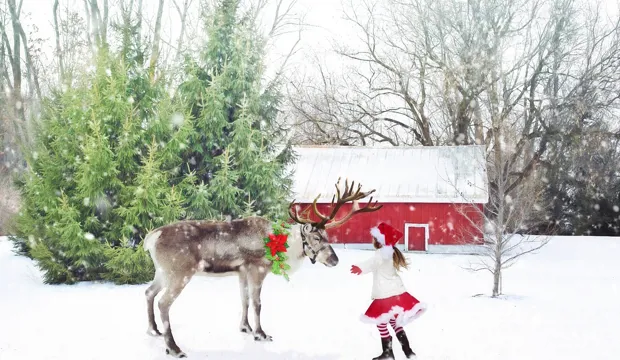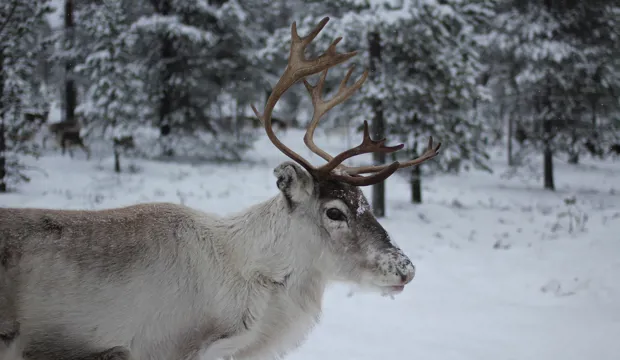
Create homemade crystal icicles
Make DIY crystals using bicarbonate of soda
In this activity children are going to create homemade crystal icicles without the use of a fridge!
It’s hard to imagine a wintery snow scene without crystals and icicles. Drips of icy water freeze into long frozen structures which hang from roofs, windows and from the branches of trees. But did you know that you can make DIY crystals using bicarbonate of soda? This simple experiment is a fun and easy way to explore the science of crystallisation. The snowy-looking icicles also make it a great Christmas-themed lesson.
This homemade crystal lesson has been created to support the teaching of key topics within science and maths as part of the primary national curriculum. The experiment can also easily be done at home as a fun and simple family activity.
Activity: How to make homemade crystals
Tools/supplies needed:
- A full tub of bicarbonate of soda (baking soda)
- A piece of wool
- Two paper clips
- Two glass jars
- A saucer
- Water
Follow our step-by-step guide on how to make homemade crystals
This helpful diagram shows what the learners will make:
Adults can help children make their homemade crystal icicles by following these steps:
- First, make a saturated solution of bicarbonate of soda and fill both jars with it. A saturated solution is one where learners keep adding bicarbonate of soda to the water until it stops dissolving – there should be a small amount visible in the solution. It can be helpful to gently heat the solution to encourage the bicarbonate of soda to dissolve.
- Get a piece of wool and tie paper clips to either end.
- Soak the wool in the bicarbonate solution.
- Suspend each end of the wool in both jars, with a saucer under the thread and leave to rest. Make sure the middle of the wool is lower than the level of the bicarbonate solution in the jars.
- As the solution is soaked up and travels along the wool, it will drip down onto the saucer. After a few days learners will see crystals beginning to form along the wool. Crystals are solid structures in a geometric shape.
- After a few more days, they will see an icicle beginning to grow towards the saucer. The longer they leave it the bigger the icicle!
Download our homemade crystals activity worksheet for a printable set of instructions.
This worksheet also dives into the science behind crystal formation.
The engineering context
Processes using evaporation are widely used in engineering industries – for example, in the food industry to make dehydrated powders (such as milk powder or coffee) or to produce refined sugar. Evaporation is also used in the production of petroleum products to separate more volatile compounds from crude components.
Suggested learning outcomes
This activity demonstrates to children how crystals form, helping them to also understand the formation of stalactites and stalagmites. Learners will also be able to explain scientific terms including solutions, evaporation and capillary action.
Download our activity sheet and other teaching resources
You can download our step-by-step instructions below as a classroom lesson plan, or you watch our short video.
All activity sheets and supporting resources are free to download, and all the documents are fully editable, so you can tailor them to your students’ and your schools’ needs.
And please do share your learning highlights and final creations with us on social media @IETeducation #SantaLovesSTEM or send them via email to IETEducation@theiet.org to be featured in our online gallery.



